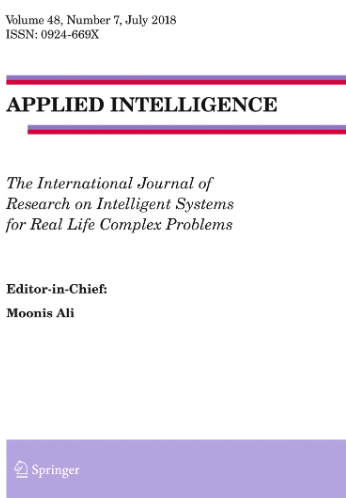摘要
随着安卓恶意软件的大幅增加,APP隐私数据泄露事件频发,对用户财产和信息安全造成了极大威胁。具体而言,新型恶意软件具有进化速度快、变种多样等特点,导致目前的恶意软件检测方法仍存在三个关键问题:(1)难以获取安卓样本结构特征;(2)对恶意软件行为结构的表征能力较弱;(3)检测模型的鲁棒性较差。针对上述局限性,我们提出了一种具有强化学习功能的新型恶意软件检测框架 MPRLDroid。首先,MPRLDroid模型提取了安卓APP的结构特征,并根据APP、API和权限之间的语义调用结构构建了异构信息网络数据。随后,该模型利用强化学习为每个样本自适应生成元路径,并将其与图注意网络相结合,以有效表示节点图。最后,低维图节点向量数据被引入下游检测任务进行分类,分类结果的性能变化被用作强化学习的奖励函数。实验结果表明,与强化学习相结合的 MPRLDroid 模型在性能上优于基线模型,其检测模型与其他模型相比表现出更强的鲁棒性。

With the significant increase of Android malware, the APP privacy data leakage incidents occur frequently, which poses a great threat to user property and information security. Specifically, the new malware has the characteristics of high evolution rate and diverse variants, leading to the fact that the current malware detection methods still have three key problems: (1) Difficulty in acquiring Android sample structural features; (2) Weakly in representing malware behavior structure; (3) Poor robustness of the detection model. To address the above limitations, we propose a new malware detection framework MPRLDroid with reinforcement learning. First of all, the MPRLDroid model extracts the Android APP structural features and constructs the heterogeneous information network data based on the semantic call structure between APP, API and permission. Subsequently, the model utilizes reinforcement learning to adaptively generate a meta-path for each sample and combines it with a graph attention network to effectively represent the graph of nodes. Finally, the low-dimensional graph node vector data is brought into the downstream detection task for classification, where the performance change of the classification result is used as a reward function for reinforcement learning. The experimental results demonstrate that the MPRLDroid model, when integrated with reinforcement learning, outperforms the baseline models in terms of performance, and its detection model exhibits greater robustness compared to other models.

 求助内容:
求助内容: 应助结果提醒方式:
应助结果提醒方式:


